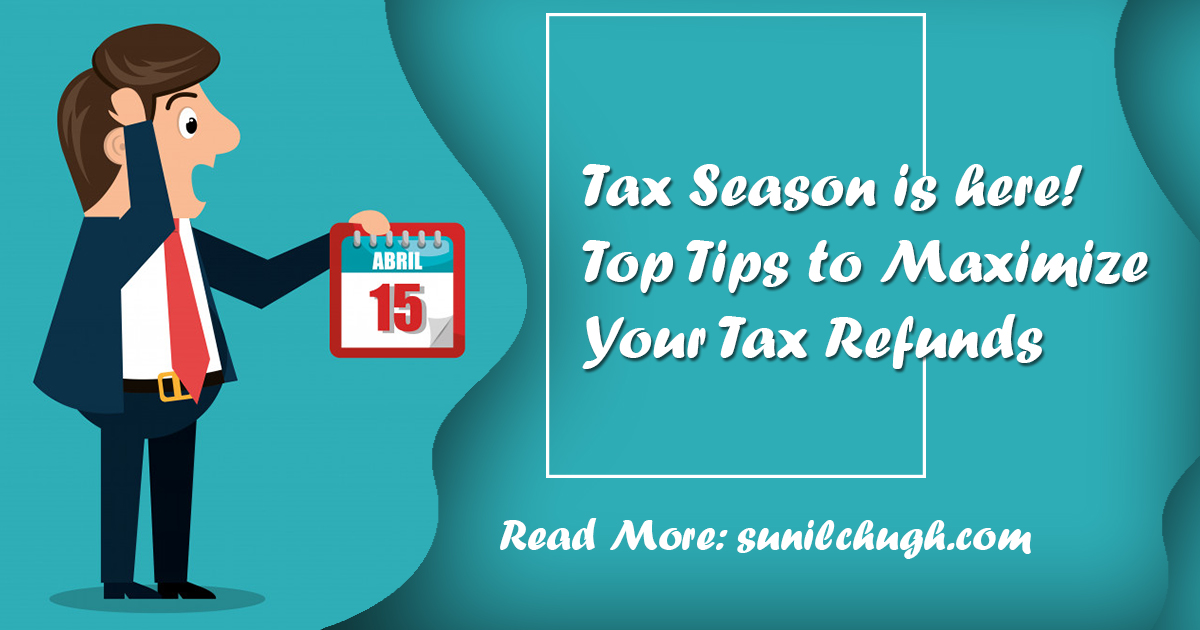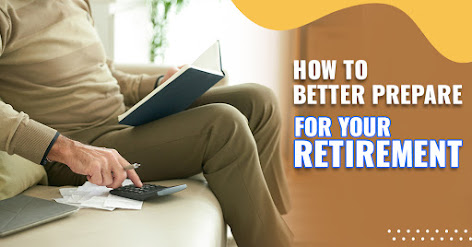Top Tips to Maximize Your Tax Refunds
While Canadians may have a different perspective on how the Government splurges their taxes, when the tax time comes, most of us are seeking ways to pay no more than we owe – or even maximize our tax refunds. Listed here are a few tried and tested strategies that will help you find the right ways to maximize our tax refunds.
Think regarding “bunching” your itemized deductions:
Certain expenditures, such as the following, can be categorized “itemized” deductions:
- Charitable contributions
- Deductible taxes
- Interest expenses
- Medical & dental expenses
- Casualty, disaster and theft losses
- Home mortgage points
If you have been waiting on specific medical expenses or charitable contributions, you might wish to hold off until a year in which you itemize. By doing so, you can make the most of your deductions.
Claim non-refundable credits as well:
Non-refundable tax credits also decrease the amount of tax you have to pay but stop when that sum hits zero. Fundamentally, you cannot use to overpay your total bill. Nevertheless, they still can decrease the sum of your tax bill. So be smart not to leave them on the table. Some examples of nonrefundable credits include child tax credit, mortgage interest tax credit, and the Saver’s credit.
Most read: Want to Start Your Financial Planning but Don’t Know Where to Start? Here Are A Few Tips to Get Started
Timing can increase your tax refund:
Taxpayers who watch the calendar can increase their tax refund significantly in comparison to taxpayers who don’t do so. Look for contributions or payments you can make prior to the end of the year that will decrease your taxable earning:
- Make January’s mortgage reimbursement prior to 31st December and acquire the supplementary interest for your mortgage interest deduction.
- People who’re self-employed should look to purchase items that can make them eligible deductions. You can buy items such as software and office appliances prior to the end of the year and see a massive boost in your tax refund.
- Schedule health-associated tests and treatments in the last quarter of the year so that you can boost the potential of your medical expense deduction.
- Think about some charitable contributions, but ensure to keep track of your expenses in your records.
Take into account your filing status:
Regardless of whether you are married or single, your filing status can have a dramatic impact on your tax refund. For the majority of married couples, it makes wisdom to file together. Nonetheless, there are some scenarios where you can think about filling individually.
For instance, if you or your other half has a large sum of business or medical expenses, filing individually may decrease your accustomed gross earning & augment the sum you are allowed to deduct. Contrarily, filing individually entails you may let go some crucial tax credits. Find out which filing status can yield you the bigger benefits. And if you are not so strong in math, you can assess your return solely with the help of a free tax return calculator.
For more help on how you can maximize your tax refund, feel free to get in touch with Sunil Chugh Financial Planner in Mississauga.
Disclaimer: The information in this commentary is for informational purposes only and not meant to be personalized investment advice. Please contact your investment professional for investment advice and before investing in any product. ACPI does not publish market research and Sunil Chugh is not registered as a research analyst. The content is from sources believed to be accurate and the opinions expressed are those of the author and do not necessarily represent those of ACPI.
Source From: https://medium.com/@sunilchughfinacialplaner/








Comments
Post a Comment